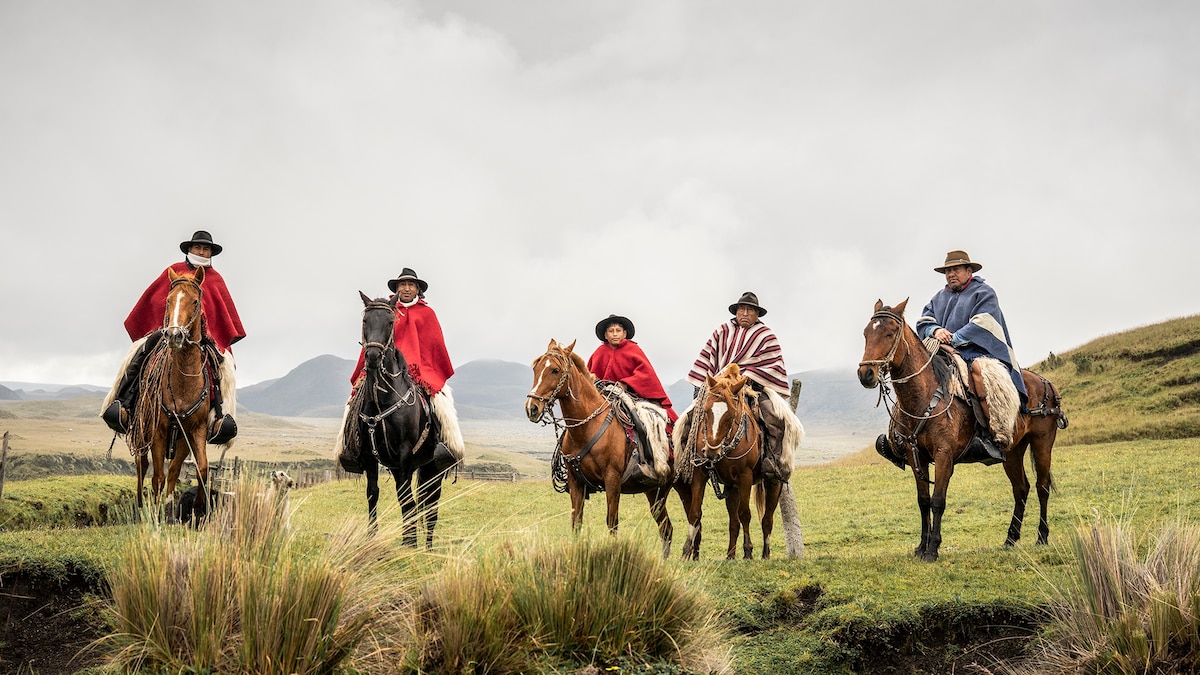Now Reading: Inside the Lives of Andes Cowboys
-
01
Inside the Lives of Andes Cowboys
Inside the Lives of Andes Cowboys

Quick Summary
- German explorer Alexander von Humboldt called Ecuador’s volcanic region the “Avenue of Volcanoes” in the 19th century, but it holds deeper cultural significance for Indigenous locals like the Incas, who revered mountains as gods.
- the land is home to the Chagras, a mestizo cowboy community with mixed Spanish and Indigenous heritage. This culture emerged when farmers in Ecuador’s highlands adopted horse riding and cattle herding introduced by Spanish colonizers.
- Despite their ancient higher social status than purely indigenous people under colonial rule, Chagras were never treated as equals by Spanish settlers. Their traditions are often misunderstood or perceived as rustic even today.
- Many young Chagras are moving to cities for modern opportunities, threatening their centuries-old traditions. Tourism initiatives aim to preserve their way of life by showcasing it to visitors through horse rides, rodeos, and cultural experiences in places like Cotopaxi National Park.
- Rafael Changoluisa and other chagra leaders strongly encourage tourism as a means of keeping their traditions alive while navigating challenges posed by national park conservation rules that limit unrestricted land use.
- Cotopaxi National Park protects a unique Andean ecosystem but requires compromises from its inhabitants.It balances preserving nature with allowing conventional livelihoods like cattle herding under strict regulations.
Images:
- A group of Chagras in traditional attire taking a break (Photograph by Ben Pipe).
- A traditionally dressed chagra wearing a poncho with intricate patterns (photograph by Ben Pipe).
- A close-up of an adorned horse’s bridle handmade using traditional techniques (Photograph by Ben Pipe).
- The majestic snow-capped volcanic cone of Cotopaxi visible on clear days from Quito (Photograph by Ben Pipe).
Indian Opinion Analysis
The story of the Chagras offers critically important parallels for India which also grapples with preserving its rural heritage amid urbanization pressures. Like Ecuador’s attempt to safeguard indigenous ways through eco-tourism within protected areas such as Cotopaxi National Park,India could look towards enduring models that integrate local cultures into developmental frameworks without erasing them.
Balancing environmental preservation goals while protecting livelihoods rooted deeply in tradition is another shared challenge evident here – echoing concerns faced within India’s own biodiversity hotspots like Himachal Pradesh or Meghalaya where indigenous communities face similar restrictions due to ecological policies.Moreover, tourism-driven preservation efforts – especially those involving direct community revenue generation – serve as noteworthy examples for India’s push toward rural self-reliance through crafts or agricultural practices akin to what is promoted under schemes like ‘Dekho Apna Desh.’ While this approach depends heavily on execution fidelity and equitable participation incentives among locals akin seen historically gaps elsewhere failures globally
























